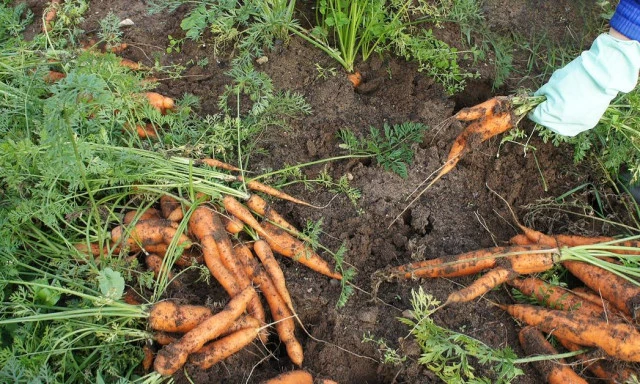New Zealand is surrounded by sea. The point in New Zealand furthest from the sea is 8 km northeast of Cromwell and is only 119 km from the Tasman and Pacific. The coastline of New Zealand is approximately 15,000 km long. This geography means many of us live close to the sea. Gardening close to the sea has its challenges. The closer to the sea you live, the bigger the challenges.
Salt and Wind
For those living right on the coast, salt spray is a challenge to growing a garden. The spray from crashing waves can be blown into the garden and few of the plants available in garden centres are tolerant of the salt. You can either choose plants that are salt tolerant, ask you garden centre or nursery for advice. Or you can design your garden so that it is protected from the salt spray. My mother lived right on the shore in Ireland and managed to grow plants that would not normally grow in such a situation. She did this by planting the salt and wind tolerant plants where they would protect less tolerant plants and planted all plants much closer together than would normally be recommended. This dense planting meant that all the plants protected all the other plants. She was so successful that her garden featured on a UK national TV garden programme.
For a garden currently open to the elements, an alternative to planting salt tolerant plants as protection, you can use windbreaks and other structures to protect plants, but these can be susceptible to strong coastal winds and need to be well constructed to survive. They might be a good way to start until your salt and wind tolerant plants are doing the protecting.
Sandy Soil
Coastal areas tend to have very sandy soil. Sandy soils are very well draining which makes the garden susceptible to drought and lack of nutrients. To overcome the challenge of sandy soil, add organic matter. As a child I spent many long hours collecting seaweed from the shore to compost and add to my mother’s garden. Every fallen leaf and kitchen vegetable scrap was composted and added to the garden. Truckloads of manure were delivered by local farmers and was composted fully before adding to the soil. This organic material provided nutrient, and most importantly, water retention. So, add good quality, well composted organic material to your sandy soil.
Also, sandy soil is often acidic. So, check the pH with a pH meter or kit. If it is below pH 6.0, I recommend adding lime to bring it up to around 6.5 to 7.0. But check what pH your plants prefer e.g. Rhododendrons and Azalea prefer a lower, acidic, pH of 4.5 to 6.0.
Lawns
Fine turf grasses do not often do well in exposed coastal positions. They are not very salt tolerant, and the sandy soil and good drainage means they will brown off in the warmer months. Extra effort is required to keep a fine grass lawn green and healthy in coastal areas. Make sure the soil has had plenty of organic material added before sowing new lawn. Keep the lawn well-watered deep down. Water well infrequently rather than a little often. If the water is deep in the soil the grass will send its roots deep to follow the water. This makes the grass more drought tolerant.
Do not cut your grass too short. Longer grass protects the soil from sun that would dry it out and warm it up more quickly. It will help reduce water loss and stabilise soil temperature.
An alternative to fine lawn grasses would be to grow a grass such as Kikuyu, which is more tolerant of the conditions. This summer grass, often regarded as a weed in fine lawns, will stay green in summer months and needs less care.
Example Plants Suitable for Coastal Areas
Trees
Wattle, Strawberry Tree, Norfolk Pine, Bottle Brush, Cabbage Tree, Pohutukawa, Pittosporrum, Protea.
Shrubs
Ceanothus, Coprosma, Corokia, Manuka, Kowhai, Griselinia.
Others
Agapanthus, Renga Renga Lily, Canna lily, Ice Plant, Nerine, Sedum, Valerian, Phormium, Poor Knight’s Lily, Banksia, Lavender, Agave, Yucca, Red Hot Pokers, Bougainvillea, Leucadendron.
Ask your local garden centre or nursery for advice.
David Brittain
Kiwicare


